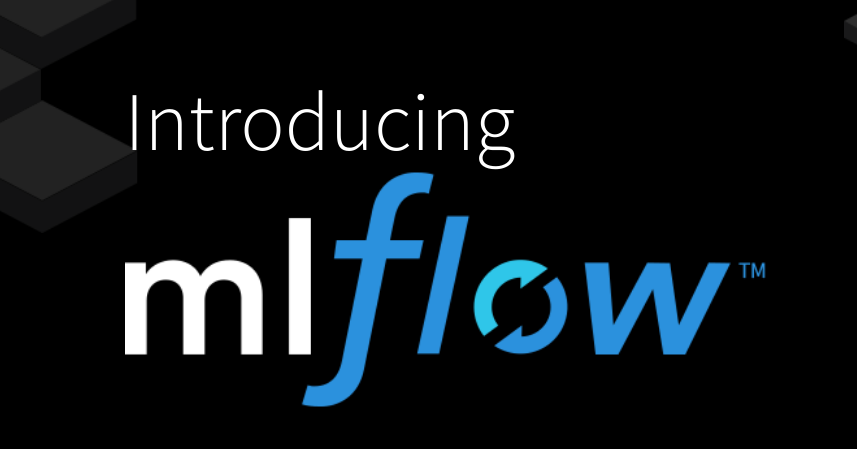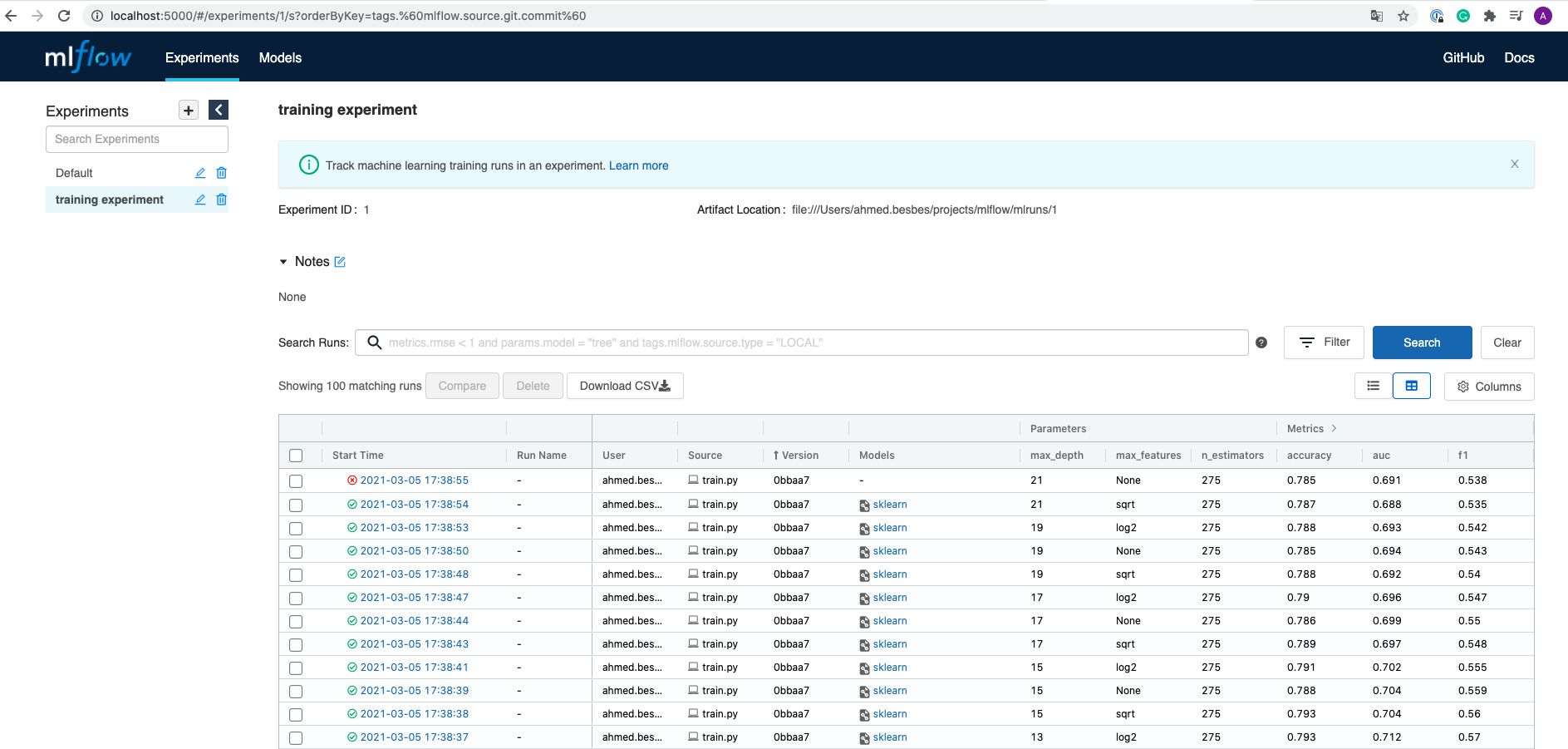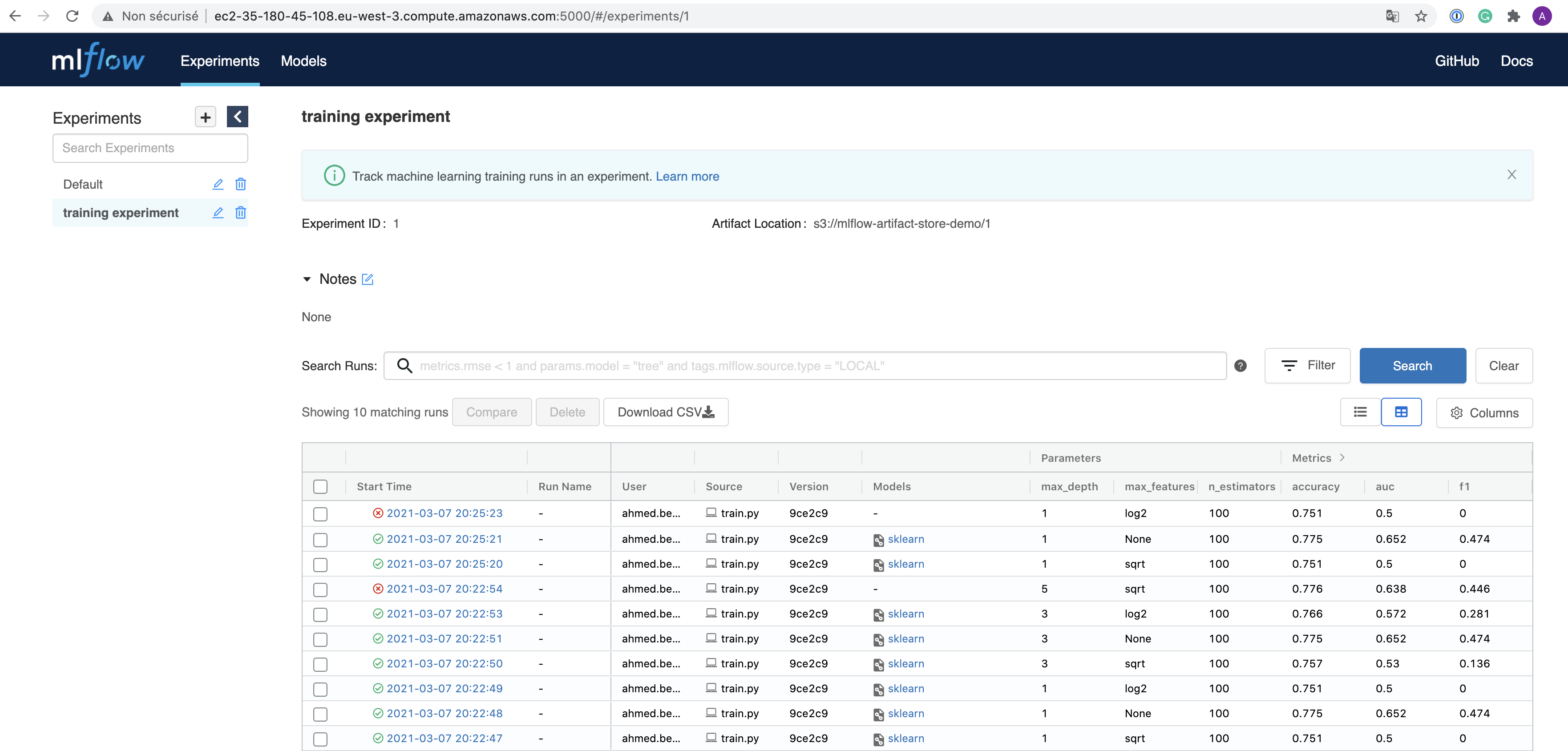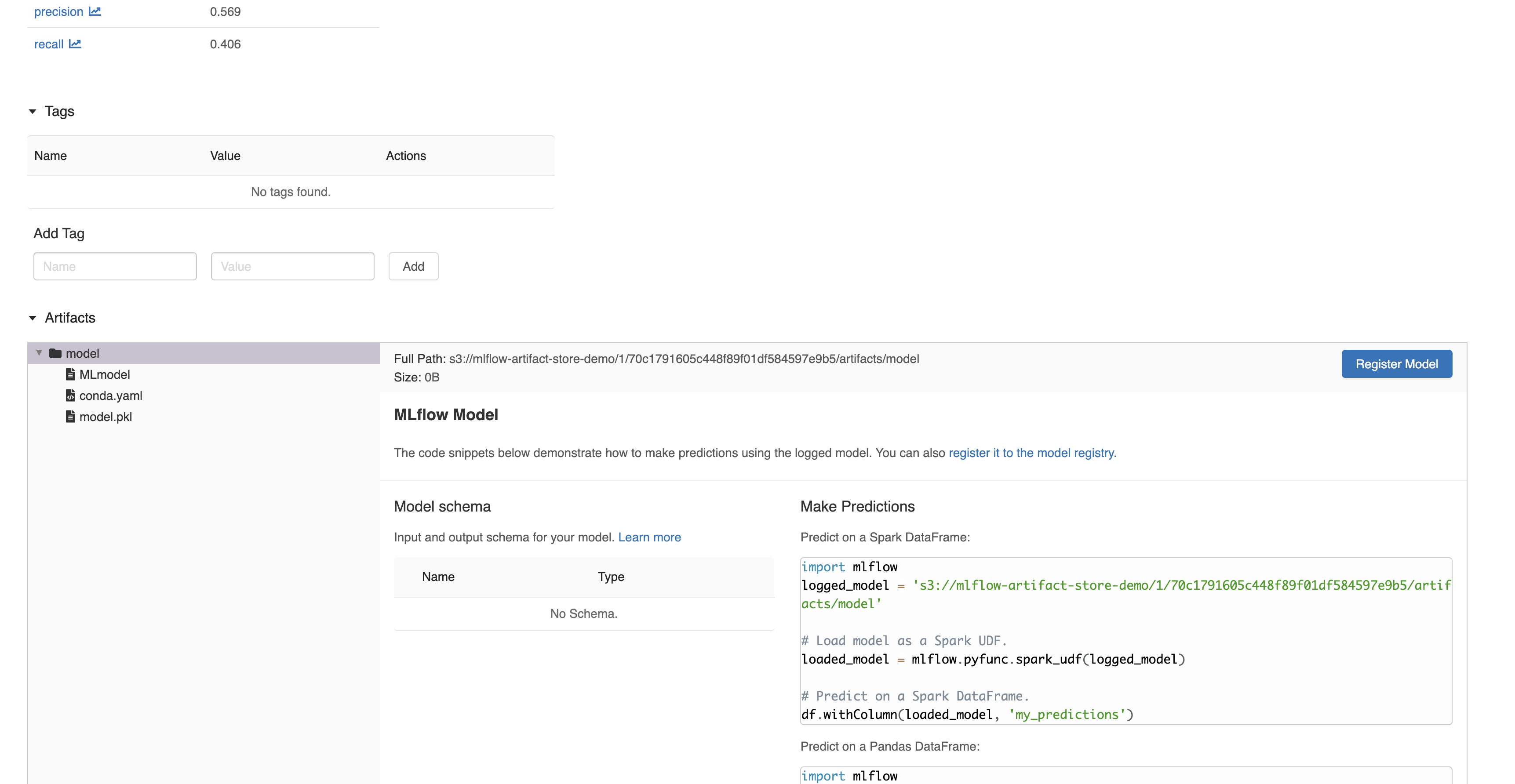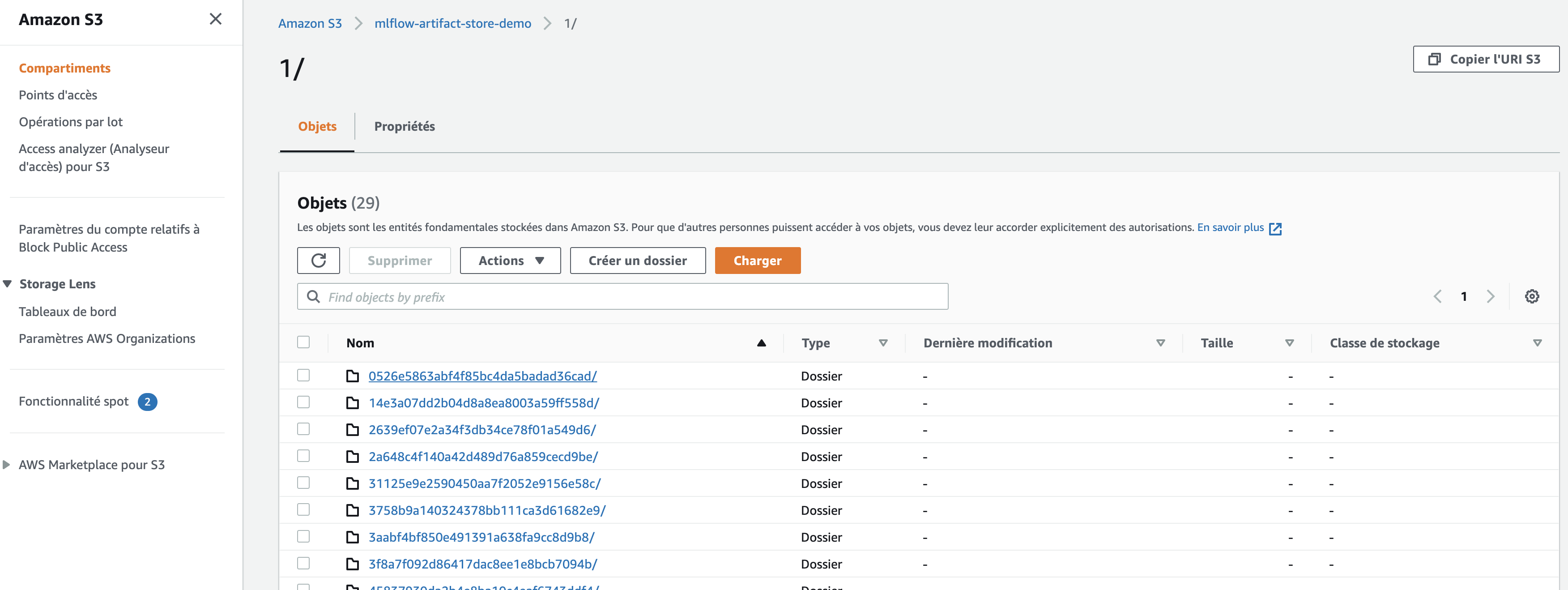How to use MLflow to manage the Machine Learning lifecycle
In this repo, I experiment with MLflow to:
-
track machine learning experiments based on:
- metrics
- hyper-parameters
- source scripts executing the run
- code version
- notes & comments
-
compare different runs between each other
-
set up a tracking server locally and on AWS
-
deploy the your model using MLflow Models
Quickstart locally
To execute the code:
- Install pipenv to run a virtual environment with mlflow (it's cleaner this way)
pip install pipenv- Clone the project
git clone git@github.com:ahmedbesbes/mlflow.git- Install the dependencies
cd mlflow/
pipenv install .- Start a tracking server locally
mlflow ui- Launch the training (or whatever code that logs to MLflow)
python train.py- Visit http://localhost:5000 to check the runs on the MLflow ui
Launch a tracking server on AWS
If you're a team of developers or data scientists, you can spin up a tracking server where everyone logs his/her runs
1. Prepare an EC2 machine and an S3 bucket
-
create an IAM user on AWS. Get its credentials, namely
Access key IDandSecret access key -
with this same user, create an s3 bucket to store future artifacts: give this bucket a name. Mine is
mlflow-artifact-store-demobut you cannot pick it -
Launch an EC2 instance: it doesn't have to be big. a
t2.microeligible to free tier does perfectly the job -
Configure the security group of this instance to accept inbound http traffic on port 5000
-
ssh into your EC2:
-
install pip
sudo apt update sudo apt install python3-pip
-
install pipenv
sudo pip3 install pipenv sudo pip3 install virtualenv export PATH=$PATH:/home/[your_user]/.local/bin/
-
-
now with pipenv, install the dependencies to run the mlflow server
pipenv install mlflow pipenv install awscli pipenv install boto3
-
on the EC2 machine, configure aws with user's crendentials so that the tracking server can have access to s3 and display the artifacts on the UI.
enter
aws configurethen follow the instructions to enter the credentials -
start an mlflow server on the EC2 instance by defining the host as
0.0.0.0and the--default-artifact-rootas the S3 bucketmlflow server -h 0.0.0.0 \ --default-artifact-root s3://mlflow-artifact-store-demo
2. Set AWS credentials and change the tracking URI and
-
set the AWS credentials as environment variables so that the code uploads artifacts to the s3 bucket
export AWS_ACCESS_KEY_ID=<your-aws-access-key-id> export AWS_SECRET_ACCESS_KEY = <your-aws-secret-access-key>
-
change the tracking URI to the public dns of your EC2 machine + port 5000
In my case the tracking URI was: http://ec2-35-180-45-108.eu-west-3.compute.amazonaws.com:5000/
Now you everything should be be good: after running the script locally you can inspect metrics on the UI that run on the remote server
By clicking on a specific run, you can see its artifacts uploaded to S3.
In fact, these artifacts are effectively on S3.
Slides
- French version
- English version (coming soon)
